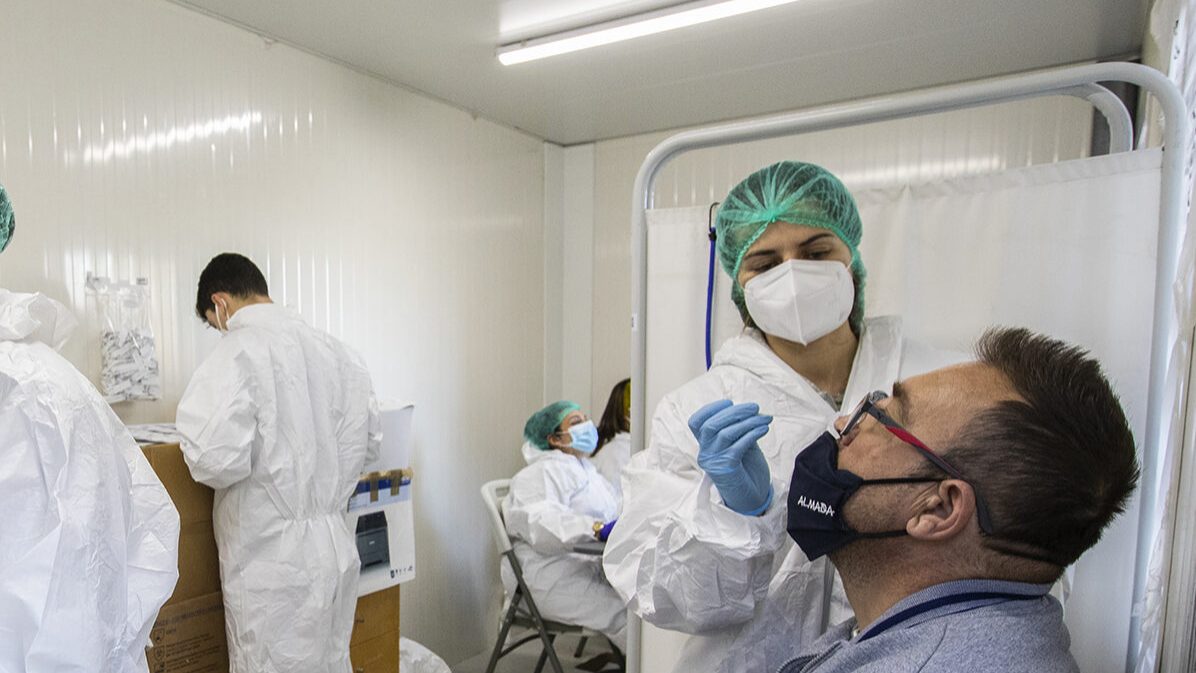Portugal with the highest number of new Covid-19 cases in Europe
The daily average of the European Union for this indicator is 447 new cases, while the world average is 64.
Portugal is the European Union country with the highest number of daily new cases of SARS-CoV-2 infection per million inhabitants in the last seven days, according to the statistical website Our World in Data.
With a daily average of 1,150 new cases per million inhabitants, Portugal is ahead of Germany (826), Finland (766), Luxembourg (743) and Italy (696). Portugal is the third country with over one million inhabitants in the number of new daily cases, behind Australia (1,630) and New Zealand (1,480).
The daily average of the European Union for this indicator is 447 new cases, while the world average is 64.
Concerning the number of new daily deaths attributed to Covid-19 per million inhabitants, Portugal is the eighth country in the European Union, with an average of 1.97 deaths in the last seven days.
Finland is the member state with the highest number of new daily deaths per million inhabitants (5.4), followed by Malta (03), Greece (2.9), Slovakia (2.6) and Hungary (2.4).
Overall, and considering only countries or territories with over one million inhabitants, Finland is also the country with the highest average in this indicator, followed by Greece (2.9), New Zealand (2.7), the United Kingdom (2.7) and Slovakia (2.6). Portugal is the ninth country with the world’s highest average number of new deaths per million inhabitants over the last seven days.
The European Union’s average number of deaths from Covid-19 is 1.43 a day, and the world average is 0.2.
The Covid-19 pandemic has caused more than 500 million SARS-CoV-2 coronavirus infections, and more than six million deaths have been attributed to the disease worldwide.
The disease is caused by the SARS-CoV-2 coronavirus, detected in late 2019 in Wuhan, a city in central China.
The Omicron variant, which spreads and mutates rapidly, has become dominant since it was first detected in South Africa in November.



